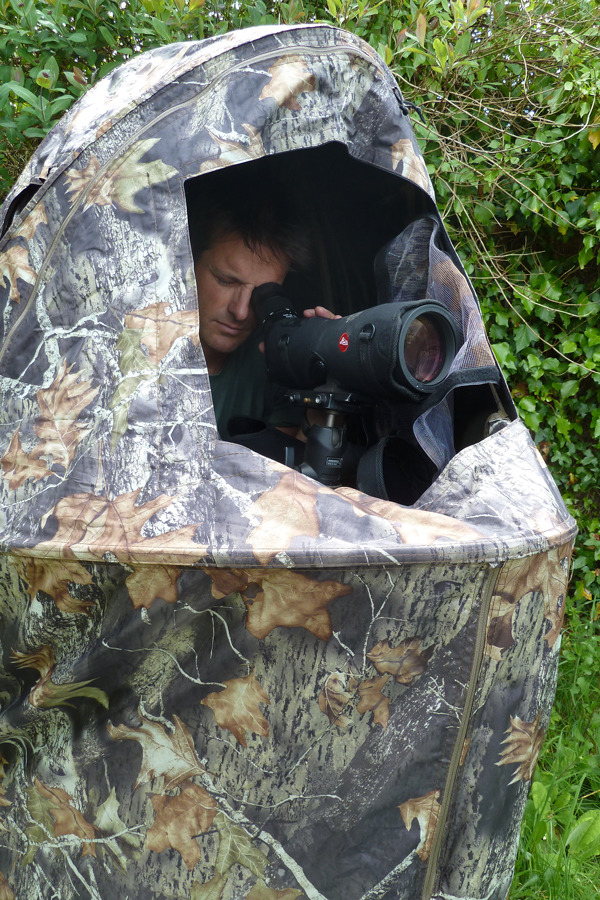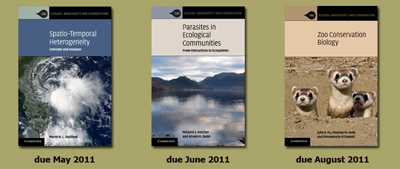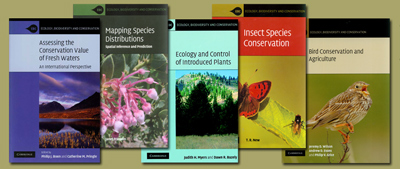“I think this hide is great value for money.”
 “If, like me, you’ve spent time trying to conceal yourself from your wildlife subjects, then doubtless you will have found yourself wrestling with scrim, and swearing and cursing as it gets caught on tripods, zippers and Velcro. The other extreme – and until now the only solution – would be to buy a ‘blind’ – a wildlife hide with many of the complexities associated with putting up a tent – a puzzle of poles and guy ropes. As well as often confounding the wildlife watcher/photographer, the whole set-up was both expensive and heavy.
“If, like me, you’ve spent time trying to conceal yourself from your wildlife subjects, then doubtless you will have found yourself wrestling with scrim, and swearing and cursing as it gets caught on tripods, zippers and Velcro. The other extreme – and until now the only solution – would be to buy a ‘blind’ – a wildlife hide with many of the complexities associated with putting up a tent – a puzzle of poles and guy ropes. As well as often confounding the wildlife watcher/photographer, the whole set-up was both expensive and heavy.
I’ve been aware of these Stealth Gear hides for a year or so now and judging by the high demand, they seem to have caught on – and for good reasons.
It’s a robust camping chair design with a fan of hoops that unfurl from behind and over the seat. This in turn drags with it the polyester fabric of the hide itself. There is a little mesh pocket on one of the arms for your beer, which also can function as a lens holder – pity it doesn’t have two of them! The whole caboodle comes in a Camo-Tree design (photo-realistic leaves and bark, and woodland scenes) which in my experience works, pretty much anywhere, to break up the outline of the unit – and, almost as importantly, hides the contraption and the watcher from the unwanted attentions of his own species!
I found it best to sit in the chair with my gear in front of me and simply flip the hide over my head. Once inside it can be a little fiddly, and your personal organisation is tested a little, but so it is in any blind. If you have big elbows, lots of gear, a mate or intend to be waiting a long while, consider the two-seat option, otherwise you might find it a little too cosy for comfort. But the one-man works very well for me.
There are five apertures through which you can peer or shove a telephoto lens, all of which can be opened or closed easily with Velcro attachments, either opening them fully or leaving a printed mesh panel in place which enables the hide user to see out, while nothing can see in. The five windows are adequate enough, but you can’t see behind – which would on occasion be useful. That said, it would be a bit challenging to turn around even if there were a rear-facing window, especially with a hide full of gear. If full, all-round vision is what you require then this is available in the two-seat version.
The hide comes with a bag of ground pegs, also in a Camo-Tree design. Come on guys, you put the bag down in the long grass because you are in a rush to set up, and of course the wind starts to blow and where are your pegs to secure the thing to the ground as it fills up like a balloon and its skirts start to ruffle uncontrollably in the breeze? In a camouflage bag! Which is where? Somewhere in the long grass, doing its best to be not to be seen… I’ve attached a piece of orange baler twine now I’ve recovered it, so hopefully this won’t happen again.
Slight niggles: stitching holes let through pinpricks of daylight, and water does come spattering through in a torrential downpour. Leaving the hide is difficult – keeping your set-up and not totally blowing your cover requires agility and contortional abilities that are beyond most naturalists over 40! But having said that, all these problems can be applied to all but the most expensive hides and blinds I’ve used, so on balance I think this hide is great value for money.
(Note: if you have children and are fed up with the gaudy primary coloured plastic wendy house that jars with your aesthetic sensibilities then there is a hidden bonus to this hide – 4 year olds love them! And being made of camouflage material, you can sit it in the corner near the shrubbery and barely notice it’s there. It kept my daughter occupied for hours!)”















